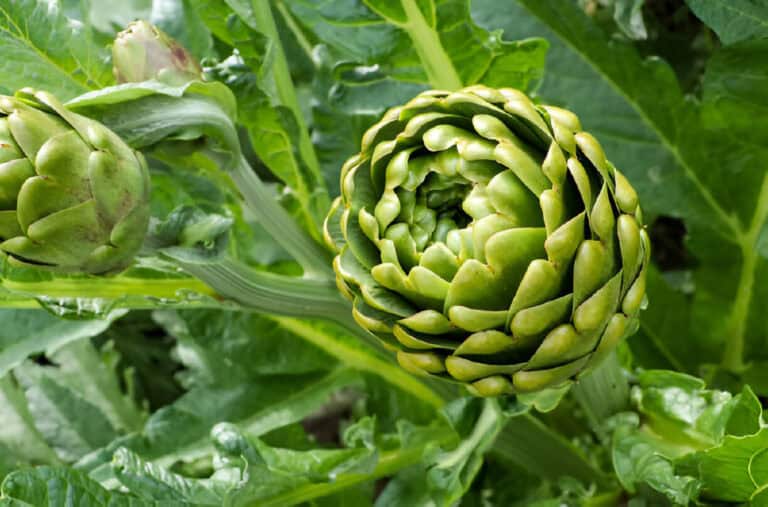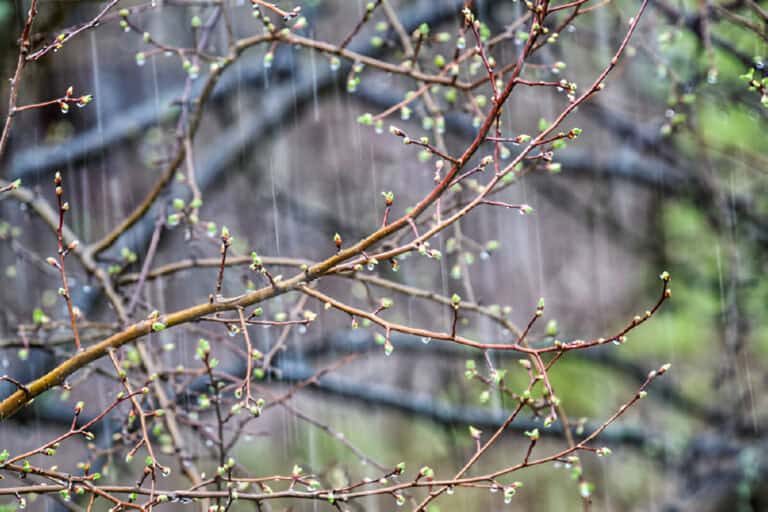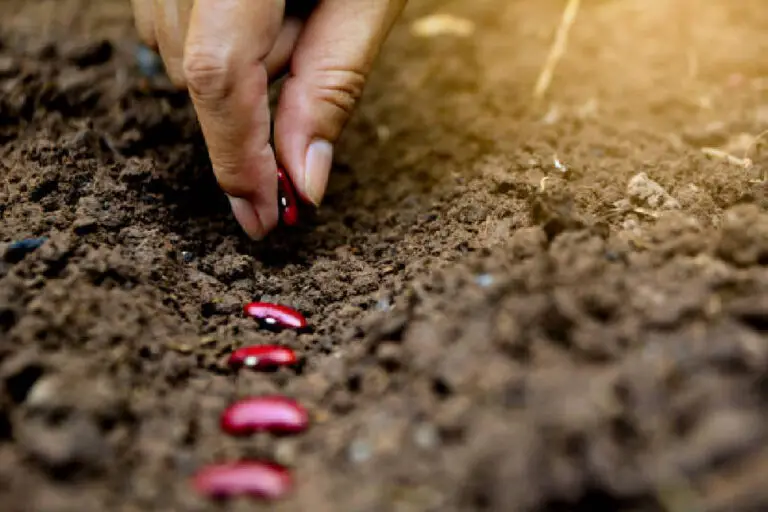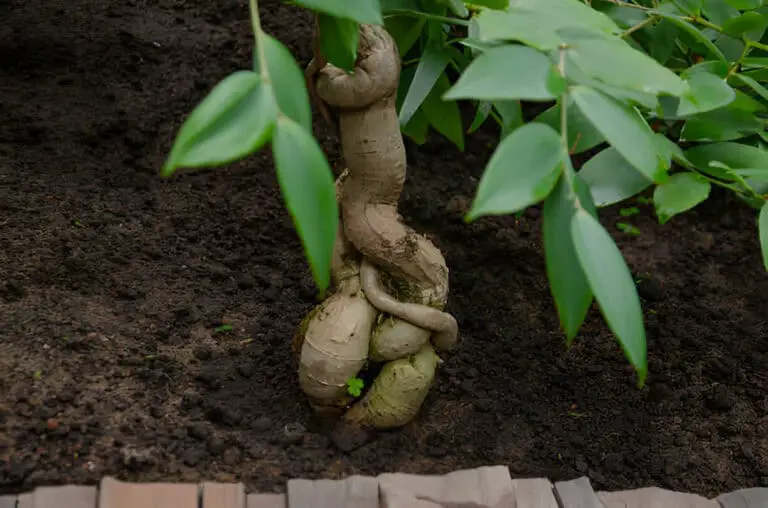How Much Soil is Needed to Grow Onions? (Depth and Spacing)
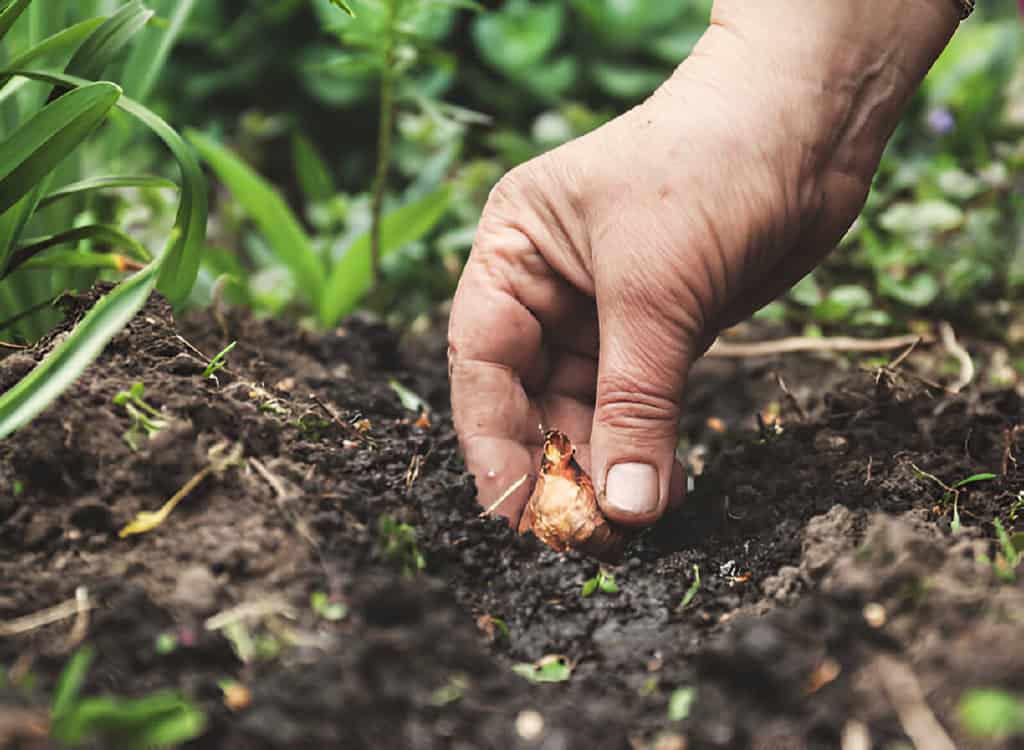
Ever wondered how much soil is necessary to grow healthy and robust onions? Understanding the soil requirements for onions is crucial for ensuring a successful harvest. Whether you’re planting onions in patio containers or garden beds, the right soil depth and quality matter. They can make a big difference.
In this article, we’ll delve into the specifics of how much soil onions need to thrive. You’ll gain insights into optimizing soil for a strong onion crop. Explore the details to promote root growth and boost yields.
Onions are a staple in kitchens around the world, cherished for their versatility and flavor. Growing onions in your garden can be rewarding. But, you must know the right soil, depth, and spacing for a good harvest. This guide will walk you through everything you need to know about growing onions, from soil preparation to planting and spacing.
Understanding Onion Growth Requirements
Basic Needs
Onions are relatively easy to grow, but they have specific requirements to thrive:
- Sunlight: Onions need full sun, at least 6–8 hours of direct sunlight per day.
- Water: Consistent moisture is essential, especially during the growing season.
- Nutrients: Onions are heavy feeders and benefit from nutrient-rich soil.
Root System
Onions have a shallow root system. They need well-prepared, well-drained, and aerated soil.
Soil Preparation for Onions

Ideal Soil Type
The best soil for growing onions is:
- Well-Draining: Onions need soil that drains well to prevent waterlogging and root rot.
- Loamy: A mix of sand, silt, and clay that retains moisture without becoming waterlogged.
- Slightly Acidic to Neutral pH: A pH level between 6.0 and 7.0 is ideal for onion growth.
Soil Amendments
To create the perfect environment for onions, consider the following amendments:
- Compost: Adds organic matter and improves soil structure.
- Aged Manure: Provides essential nutrients for vigorous growth.
- Bone Meal: A good source of phosphorus, which supports root development.
Steps to Prepare the Soil
- Test Soil pH: Use a soil testing kit to ensure the pH is between 6.0 and 7.0.
- Amend Soil: Add compost, aged manure, and bone meal to enrich the soil.
- Till Soil: Till the soil to a depth of 6–8 inches to improve aeration and root penetration.
- Create Raised Beds: If your soil is heavy clay or poorly drained, consider using raised beds to enhance drainage.
Planting Onions: Depth and Spacing
Depth Requirements
Onions can be planted from seeds, sets (small bulbs), or transplants. The planting depth varies slightly depending on the method:
- Seeds: Sow onion seeds 1/4 to 1/2 inch deep.
- Sets: Plant onion sets 1 inch deep.
- Transplants: Place transplants so that the roots are well-covered and the top of the bulb is just below the soil surface.
Spacing Requirements
Proper spacing ensures that onions have enough room to develop fully. The recommended spacing for onions is:
- Between Rows: Space rows 12-18 inches apart to allow for easy access and airflow.
- Between Plants: Space onion seeds or sets 4-6 inches apart within the row.
Planting Guide
| Planting Method | Depth | Spacing (Within Row) | Spacing (Between Rows) |
| Seeds | 1/4 – 1/2 inch | 4-6 inches | 12-18 inches |
| Sets | 1 inch | 4-6 inches | 12-18 inches |
| Transplants | Just below surface | 4-6 inches | 12-18 inches |
| Read: When to Plant Onions in Spring for Maximum Yield |
Caring for Onions
Watering
- Frequency: Water onions regularly to keep the soil evenly moist, especially during dry periods.
- Method: Use a drip irrigation system or soaker hose to avoid wetting the foliage, which can lead to disease.
Fertilization
- Type: Use a balanced fertilizer or one higher in phosphorus to support bulb development.
- Schedule: Fertilize when planting onions and again when the bulbs begin to swell.
Mulching
Applying a layer of mulch can help retain soil moisture, suppress weeds, and regulate soil temperature. Use organic mulch, such as straw or shredded leaves, and apply it 2-3 inches deep around the plants.
Common Onion-Growing Problems and Solutions
Pests
- Onion Maggots: Small white maggots that feed on onion roots and bulbs. Use floating row covers to protect young plants, and rotate crops to disrupt the pest’s life cycle.
- Thrips: Tiny insects that cause silvery streaks on leaves. Control them with insecticidal soap or neem oil.
Diseases
- Downy Mildew: Fungal disease that causes yellow spots on leaves. Improve air circulation by proper spacing and avoiding overhead watering.
- Root Rot: Caused by waterlogged soil. Ensure well-draining soil and avoid overwatering.
Growth Issues
- Bolting: Premature flowering caused by temperature fluctuations. Choose bolt-resistant varieties and plant at the right time for your climate.
- Small Bulbs: Often due to poor soil fertility or overcrowding. Ensure adequate spacing and fertilize appropriately.
Harvesting and Storing Onions
When to Harvest
Onions are ready to harvest when the tops begin to yellow and fall over. This typically occurs 90-120 days after planting, depending on the variety.
How to Harvest
- Loosen Soil: Use a garden fork to gently loosen the soil around the bulbs.
- Lift Bulbs: Carefully lift the bulbs out of the ground.
- Cure Onions: Lay the onions out in a warm, dry, and well-ventilated area for 1-2 weeks to cure. This helps to harden the skin and improve storage life.
Storing Onions
Store cured onions in a cool, dry, and dark place. Mesh bags, crates, or hanging bundles work well for long-term storage. Avoid storing onions near potatoes, as they can release moisture and gases that cause onions to spoil.
Troubleshooting Soil-Related Issues in Onion Cultivation
Onion cultivation can face several soil-related issues that impact growth and yield. Common problems include nutrient deficiencies or excesses. For instance, a lack of nitrogen can result in yellowing leaves, while too much nitrogen may lead to lush foliage but poor bulb formation.
To address poor soil conditions, start by testing your soil to identify any imbalances. Amend the soil with compost or specific fertilizers to correct nutrient levels. Ensure proper drainage to prevent waterlogged soil, which can cause root rot and other issues.
Recognizing symptoms that signal underlying soil concerns is crucial. Yellowing leaves, stunted growth, or poor bulb development often indicate nutrient problems. Also, onions that don’t thrive despite enough water and sun may have soil issues.
To overcome soil issues in onion farming, test the soil regularly. Amend it as needed. Also, closely watch the plants’ health. These steps are vital for a good harvest.
Summary Table: Onion Growing Requirements
| Requirement | Details |
| Sunlight | Full sun (6-8 hours per day) |
| Watering | Regular, consistent moisture |
| Soil Type | Well-draining, loamy soil |
| Soil pH | Slightly acidic to neutral (6.0-7.0) |
| Planting Depth | Seeds: 1/4 – 1/2 inch, Sets: 1 inch, Transplants: Just below surface |
| Spacing (Within Row) | 4-6 inches |
| Spacing (Between Rows) | 12-18 inches |
| Fertilization | Balanced fertilizer, higher in phosphorus |
| Mulching | 2-3 inches of organic mulch |
Conclusion
Growing onions successfully requires understanding their soil, depth, and spacing needs. To give your onions the best start, prepare well-draining, nutrient-rich soil. Plant at the right depth and space them properly.
Regular care will support healthy growth and a good harvest. This includes watering, fertilizing, and mulching. With the right techniques and attention, your garden can produce delicious, home-grown onions that enhance your culinary creations.

